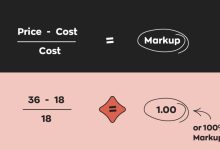This article serves as an introductory guide for those who have never been exposed to e-commerce standalone sites. It is designed to help new entrepreneurs quickly understand the basic structure of a replica e-commerce standalone site before deciding whether to enter the industry.
By spending just a few minutes reading, you’ll gain a clear and simple overview of how the project works.
The full project framework vector diagram is shown below:
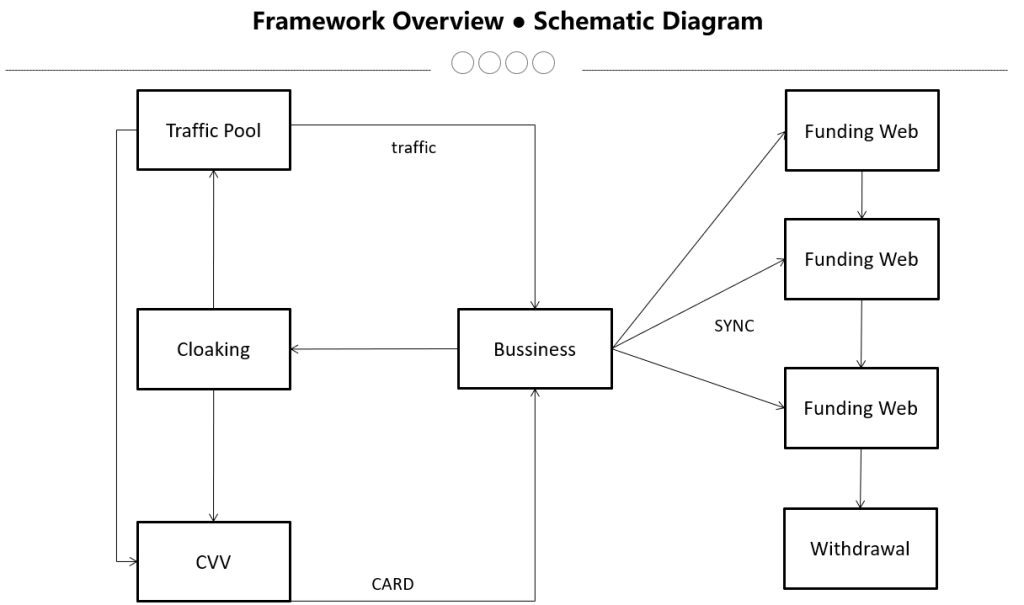
The detailed illustrative breakdown is as follows:
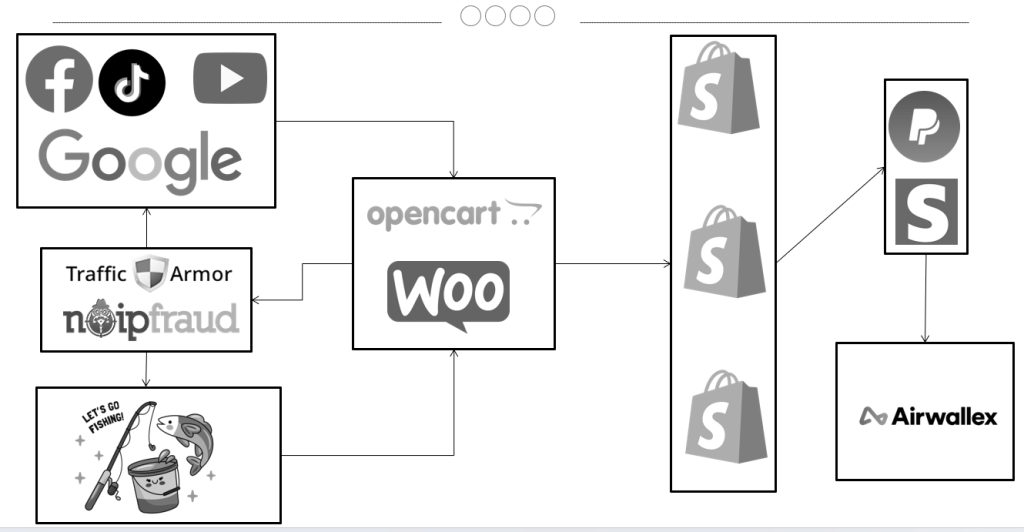
Next, let’s break down the structure of the project:
1) Business Site & Transaction Site
The replica e-commerce website is typically composed of two main parts: the Business Site and the Transaction Site. Together, they form what is commonly known as the A/B site model.
-
A Site (Business Site):
This is the replica storefront — the main shopping platform visible to both buyers and sellers. It’s where product browsing, order placement, and customer interaction take place. Think of it as the “face” of the operation. -
B Site (Transaction Site):
Also known as the general goods site or data gateway, this site is used to handle secure data transmission related to payments and order routing. It is visible only to the seller, not to the buyer. Its role is to support payment flow and add a layer of protection for financial transactions.
In short:
-
A Site = Business Site
-
B Site = Transaction Site
These two work together to keep the system running smoothly and securely.

However, a basic A/B site setup alone is not enough to support a replica cross-border e-commerce operation. Several technical requirements must be met to ensure stability and long-term survival.
Self-Hosted vs. SaaS: Why Self-Built Sites Are Essential
When building A/B sites, we generally use open-source self-hosted platforms such as:
-
OpenCart
-
WordPress + WooCommerce
-
Magento
-
ZenCart
While SaaS platforms may be more user-friendly and quick to deploy, they cannot solve the payment processing issues and are at high risk of being taken down. Therefore, the only viable and sustainable option is to build your own site — there is no second choice.
How the A/B Site Logic Works?
-
The buyer places an order and initiates a payment request on the A site (Business Site).
-
The A site instantly notifies the B site (Transaction Site) and matches the product information.
-
The B site then performs the actual payment operation, sending general goods order data to PayPal or Stripe.
Smart Routing & Gateway Strategy
-
The A site uses a strategy algorithm (based on weight, transaction amount, order volume, etc.) to select the payment gateway.
-
The B site uses a strategy algorithm to rotate between multiple receiving accounts.
-
The system follows a 1-to-N gateway structure (1 A site to multiple B sites) for improved flexibility and resilience.
2) Traffic Sources
A standalone site does not come with its own traffic — every visitor must be brought in through external traffic sources.
Major public platforms like Facebook, TikTok, YouTube, Google, and Instagram are rich in traffic potential. These platforms host large numbers of high-quality, targeted buyers who can be reached with the right strategies.
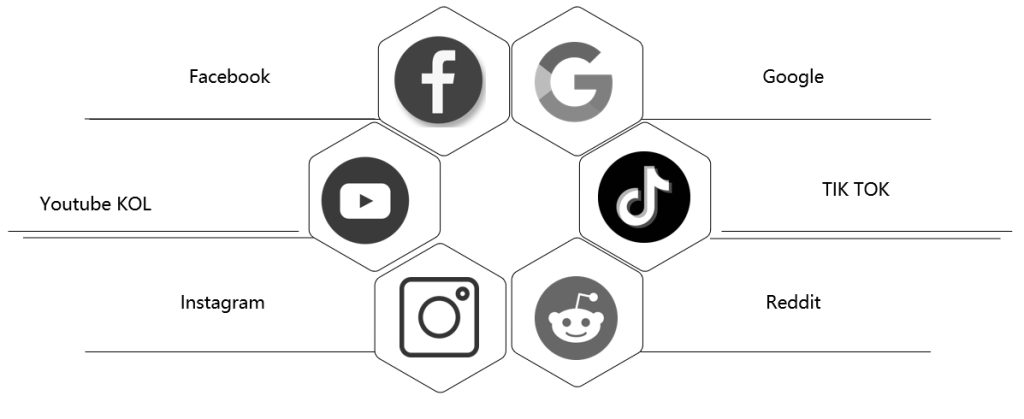
There are two main approaches to driving traffic:
-
Fast Traffic:
This method relies on paid channels to quickly acquire users. Common tactics include:-
Ad campaigns
-
Influencer (KOL) promotions
-
Affiliate marketing
-
-
Slow Traffic:
This approach uses content quality and time investment to build organic traffic. Examples include:-
Blog SEO
-
Social media content
-
Community engagement
-
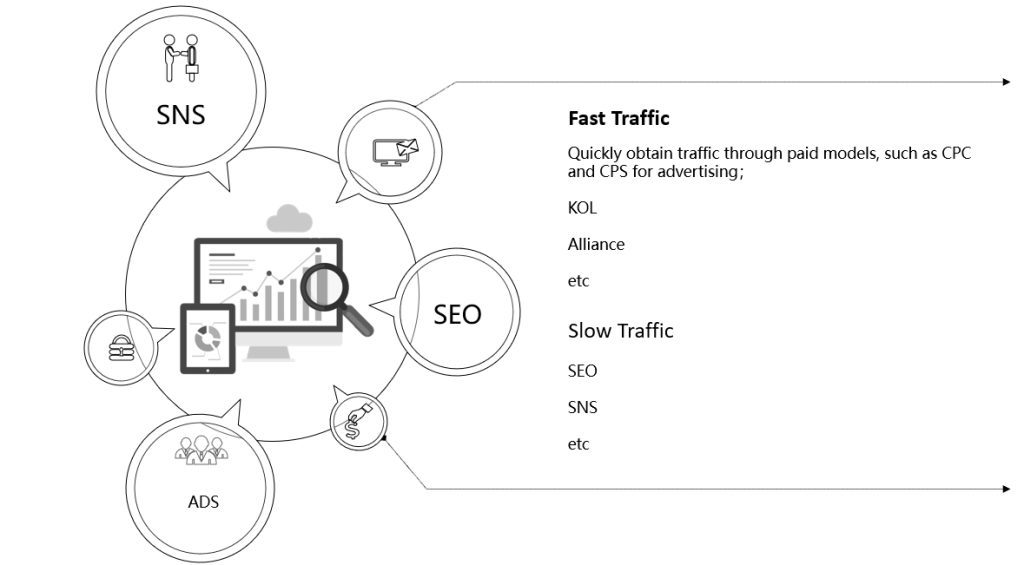
Building sustainable traffic is a systematic, long-term effort. It requires structured learning and strategic planning to execute effectively.
3) Cloaking
Simply put, cloaking is a technique used to help ads pass platform reviews. It typically involves three key elements:
-
Money Page – Also called the Landing Page or Lead Page. This is the actual destination page shown to real users, such as a replica product A site, an app download page, or a COD (Cash on Delivery) one-pager.
-
Safe Page – A non-violating page shown to the ad review system. This page is carefully designed and selected to comply with platform policies.
-
Filtering Rules – Logic that determines who sees which page.
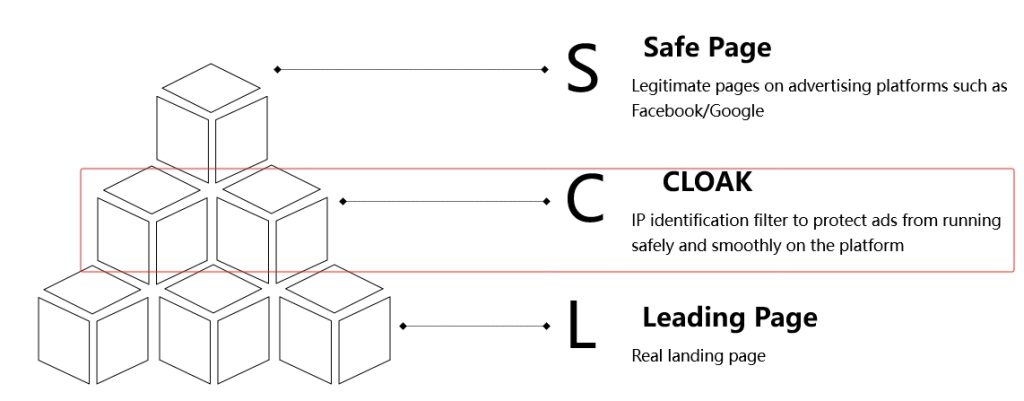
You can think of cloaking as a filter funnel. It analyzes visitor data (IP address, behavior, etc.) to detect whether the visitor is a real user or an ad system crawler:
-
If it’s a real user, they are redirected to the actual replica site.
-
If it’s a crawler, they are shown the safe page.
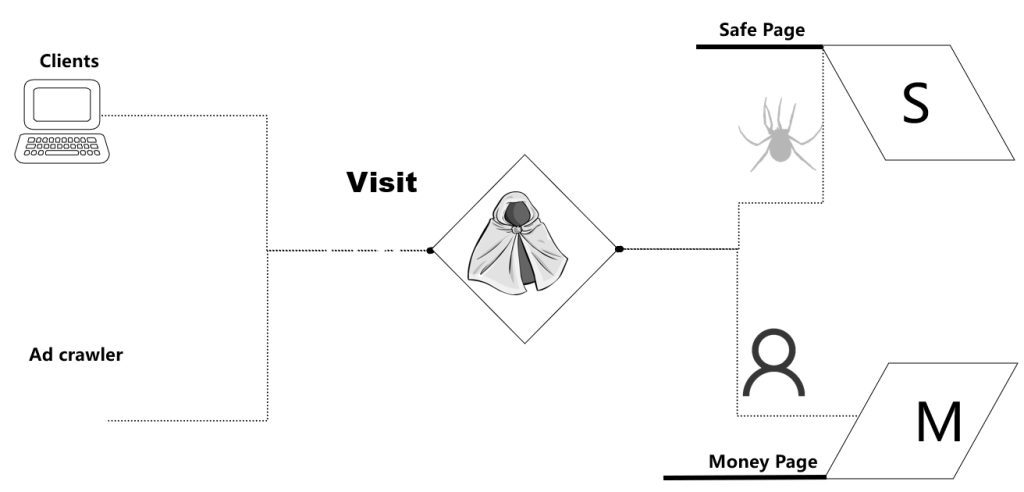
While cloaking can help ads pass reviews and maintain stability, it’s a double-edged sword. It can sometimes misdirect real users, leading to lost conversions or poor user experience.
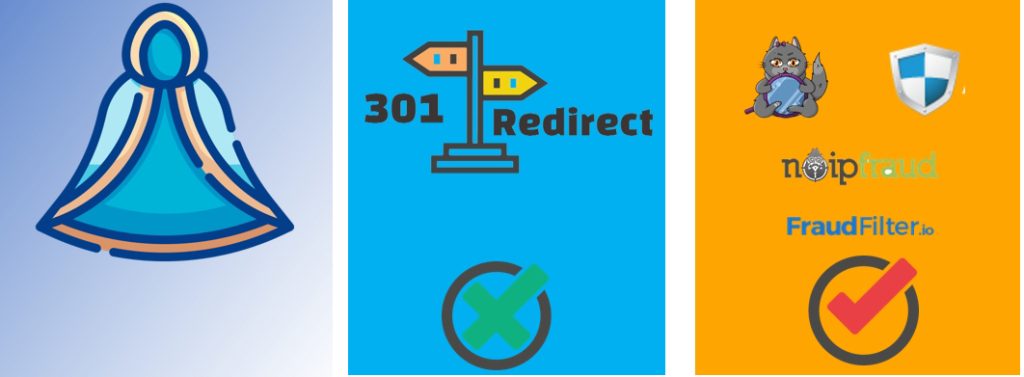
Whether to use cloaking depends on your traffic buying strategy. In many cases, there are more reliable alternatives that can replace or reduce the need for cloaking altogether.
4) Payout & Settlement
This part mainly involves multi-currency withdrawal and currency conversion, which can be done under either personal or company accounts.
Due to the sensitive nature of the replica industry, standard services like Payoneer or WordFirst typically do not support such operations. Most payouts require manual review of orders, and successful settlement depends on specialized channels.
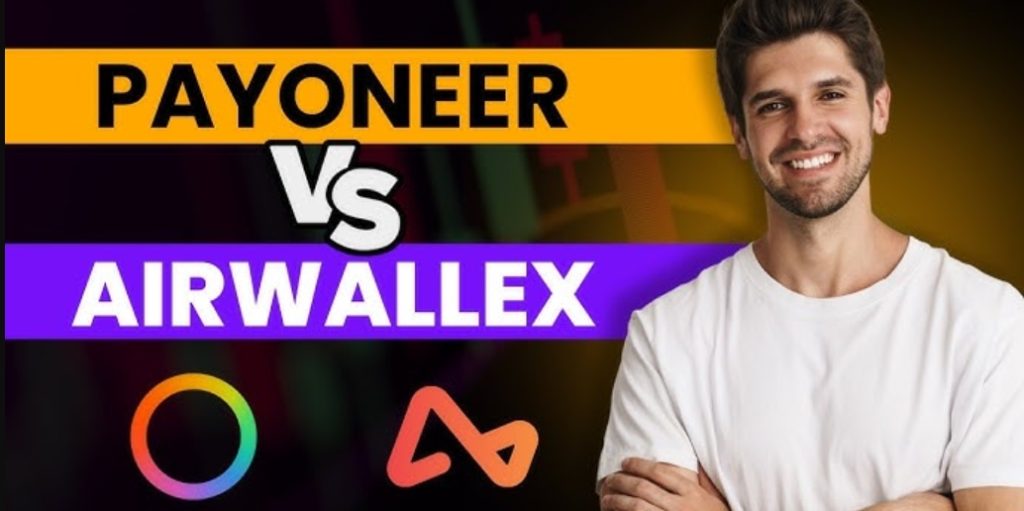
These dedicated channels are essential for ensuring smooth and secure withdrawals.
(Note: I only share these channels with my own clients — available to verified partners only.)
5) Phishing Sites (“Fishpond” Sites)
Fishpond tactics and phishing site setups fall under the category of “black tech.” These methods are technically complex, costly to execute, and have low success rates. For beginners or non-technical entrepreneurs, this area can be safely ignored.
If you’re considering entering this space and want more hands-on guidance, feel free to reach out.
 Custom E-commerce Solutions for High-Quality Designer-Inspired Fashion Replicas | Website Development, Dropshipping, Payment Integration for PayPal and Stripe, Ad Cloaking Services
Custom E-commerce Solutions for High-Quality Designer-Inspired Fashion Replicas | Website Development, Dropshipping, Payment Integration for PayPal and Stripe, Ad Cloaking Services




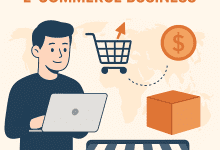






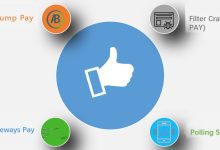


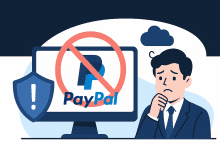

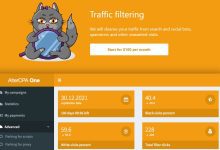
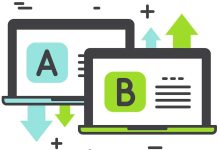

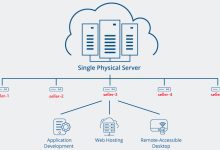


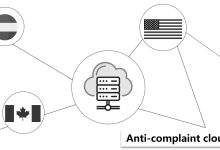




![5 Best WordPress Themes for Replica Product International Trade Websites [Recommended]-Custom E-commerce Solutions for High-Quality Designer-Inspired Fashion Replicas | Website Development, Dropshipping, Payment Integration for PayPal and Stripe, Ad Cloaking Services](https://replicasmaster.com/wp-content/uploads/2025/06/1-1-220x150.jpg)
